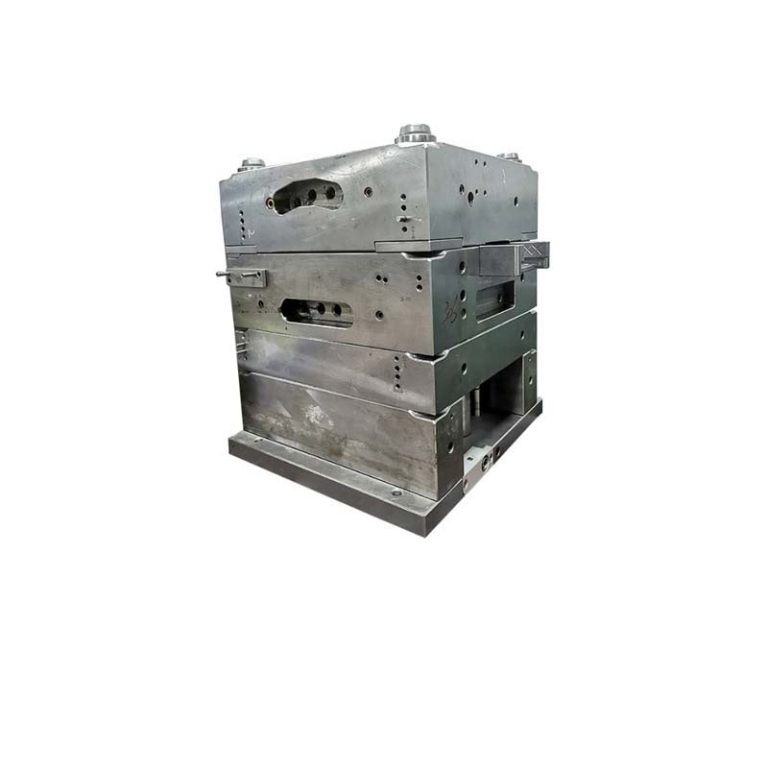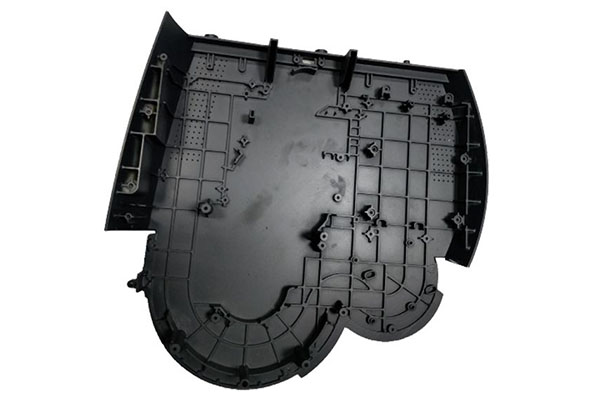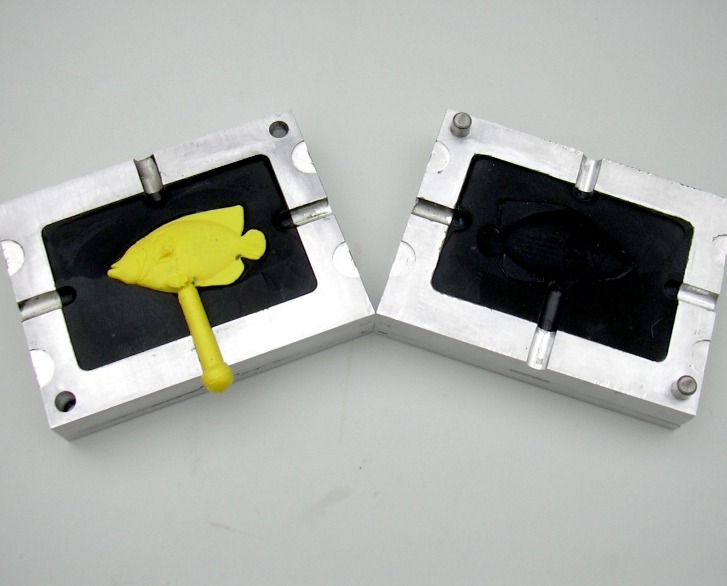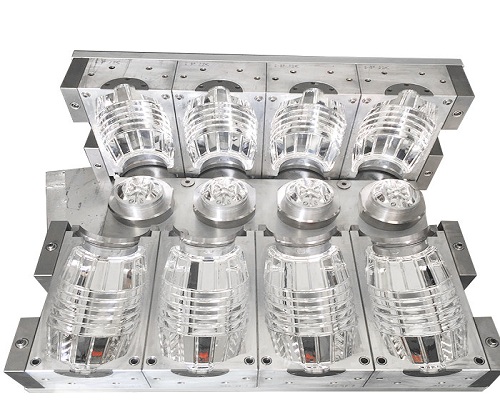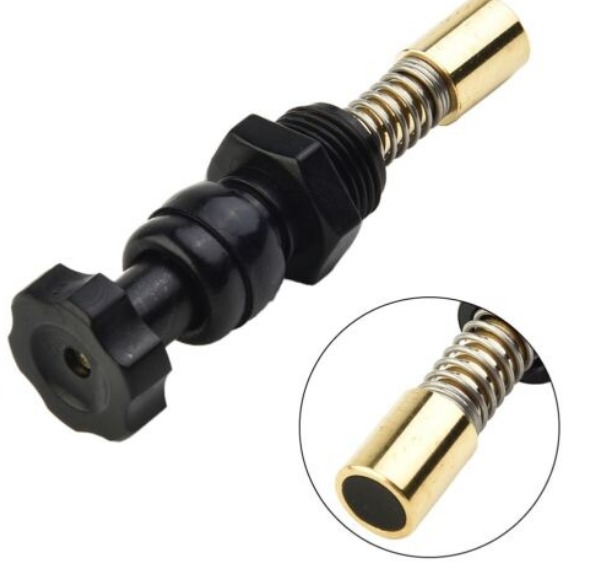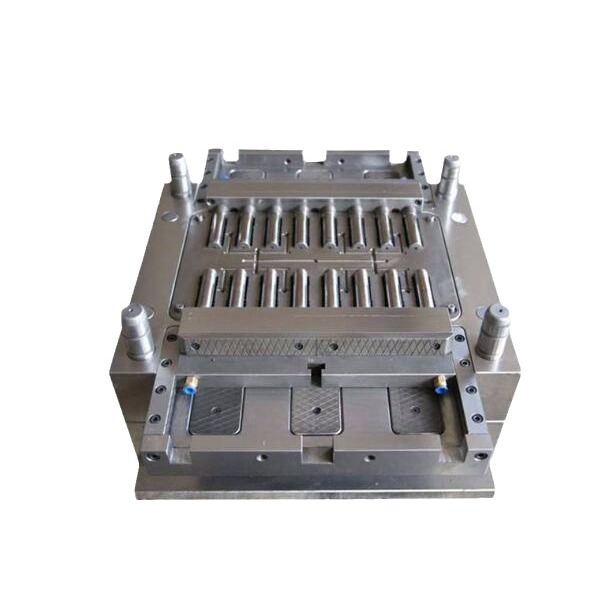Manufacturers in industries like medical, food processing, and cosmetics face a unique challenge: creating molds that can withstand harsh cleaning agents, repeated sterilization, and strict hygiene standards—all while maintaining a flawless surface finish and dimensional precision. Standard mold steels like P20 or even NAK80 quickly corrode under these conditions, leading to premature mold failure, part contamination, and costly replacements. This is where S136 (420 Stainless) steel emerges as the solution. As a premium martensitic stainless steel, S136 (420 Stainless) combines exceptional corrosion resistance with high polishability and durability, making it the gold standard for demanding, hygiene-critical applications. In this guide, we’ll explore why S136 (420 Stainless) is indispensable in these industries, its key properties, and how to leverage its capabilities effectively.
Introduction to S136 (420 Stainless) Steel
S136 (420 Stainless) is a high-quality martensitic stainless steel engineered for mold making applications requiring corrosion resistance and precision:
- Definition: S136 is a modified version of 420 stainless steel, designed specifically for mold making. It contains high chromium (13-14%) for corrosion resistance, along with controlled carbon (0.3-0.4%) to achieve hardness through heat treatment. This combination makes it both stainless and capable of being hardened to 48-52 HRC.
- Standard specifications: S136 adheres to Swedish (SSAB) and international standards, while 420 stainless follows ASTM A276. Both specify strict limits on impurities to ensure corrosion resistance, with S136 featuring lower sulfur and phosphorus for improved polishability.
- Supplier brands: Leading producers include SSAB (Sweden), Outokumpu (Finland), and Chinese manufacturers like Tisco. These suppliers use advanced refining processes to minimize inclusions, critical for achieving mirror finishes.
- Industry usage: S136 (420 Stainless) is widely used in 40-50% of medical device molds, 60% of food-grade molds, and 30% of cosmetic packaging molds. Its popularity stems from its ability to withstand repeated exposure to acids, disinfectants, and high-pressure steam cleaning.
- Comparison with other mold steels: Compared to NAK80, S136 offers 3-4x better corrosion resistance but requires 20-30% more polishing time. It’s more expensive than P20 (2-3x the cost) but lasts 5-10x longer in corrosive environments. For hygiene-critical applications, its performance justifies the investment, as it eliminates the risk of part contamination from rust or mold degradation.
Properties of S136 (420 Stainless) Steel
The properties of S136 (420 Stainless) make it uniquely suited for harsh, hygiene-critical mold applications:
- Hardness: After heat treatment, S136 achieves 48-52 HRC—higher than NAK80 (38-42 HRC) and significantly higher than P20. This hardness ensures excellent wear resistance, even in high-volume production of abrasive-free plastics.
- Toughness: Despite its high hardness, S136 maintains good toughness (Charpy impact value of 15-20 J), preventing cracking during repeated sterilization cycles, which can cause thermal stress in lesser steels.
- Corrosion resistance: S136’s high chromium content forms a passive oxide layer, providing superior corrosion resistance—it withstands exposure to ethanol, isopropyl alcohol, and weak acids (common in cleaning agents) without rusting. In salt spray tests, it resists corrosion for 500+ hours, compared to 50-100 hours for P20.
- Wear resistance: Thanks to its high hardness and fine grain structure, S136 offers excellent wear resistance for non-abrasive plastics, lasting 1-2 million cycles in medical injection molding applications.
- Machinability: S136 is machinable but requires more care than P20 or NAK80. It work-hardens quickly, so carbide tools with sharp edges and low cutting speeds (40-60 SFM) are recommended to avoid excessive tool wear.
- Thermal stability: S136 maintains dimensional stability at temperatures up to 400°F (204°C), making it suitable for molds subjected to steam sterilization (autoclaving) at 250°F (121°C).
- Polishability: S136 polishes to a mirror finish (Ra 0.01 μm) with proper technique, though it requires more steps than NAK80. Its low inclusion content ensures no micro-scratches, critical for optical or cosmetic parts.
Applications of S136 (420 Stainless) in Mold Making
S136 (420 Stainless) excels in applications where corrosion resistance, hygiene, and precision are non-negotiable:
- Medical device molds: For injection molding of syringes, inhalers, and surgical tool housings, S136’s corrosion resistance is essential. It withstands repeated cleaning with harsh disinfectants and autoclaving, preventing bacterial growth in mold cavities.
- Food-grade molds: Molds for plastic food containers, beverage caps, and utensils must meet FDA standards for food contact. S136 resists corrosion from acidic foods and cleaning agents, ensuring no metal particles leach into food products.
- Cosmetic packaging molds: Lipstick tubes, perfume bottles, and skincare containers require both a flawless finish and resistance to cosmetic chemicals (alcohols, oils). S136 delivers, maintaining its mirror surface even after prolonged contact with these substances.
- High-precision molds: For microfluidic devices, optical components, and electronic sensors, S136’s dimensional stability and low outgassing (critical for cleanroom environments) make it ideal. Its polishability ensures parts meet tight tolerances (±0.0001 inches).
- Automotive molds: In automotive components requiring resistance to fluids (e.g., fuel system parts, coolant reservoirs), S136 withstands exposure to gasoline, oils, and coolants better than standard steels.
Machining and Fabrication of S136 (420 Stainless)
Machining and fabrication of S136 (420 Stainless) require specialized techniques to overcome its work-hardening tendency:
- Precision machining: S136 is best machined in its annealed state (200-250 HB) to reduce work hardening. Use carbide tools with a positive rake angle and coolant to dissipate heat, which exacerbates work hardening. Cutting speeds of 40-60 SFM are recommended for roughing, with finishing speeds at 30-40 SFM.
- CNC milling: 3-axis and 5-axis CNC milling are suitable, but tool paths should minimize dwell time to avoid localized heating. Climb milling (rather than conventional milling) reduces tool pressure and work hardening.
- EDM (Electrical Discharge Machining): EDM is ideal for complex geometries, as it avoids mechanical stress. Use deionized water as a dielectric to prevent corrosion during machining, and remove the recast layer (0.0001-0.0002 inches) via polishing to maintain corrosion resistance.
- Grinding: Resin-bonded diamond wheels are necessary for grinding S136, as aluminum oxide wheels wear quickly. Coolant must be applied continuously to prevent heat-induced oxidation, which can compromise corrosion resistance.
- Surface finishing: Polishing S136 requires patience: start with 400-grit sandpaper, progress to 2000-grit, then use 1-3 μm diamond compound. This achieves Ra 0.01 μm, though it takes 20-30% longer than polishing NAK80. The result is a surface that resists bacterial adhesion—critical for medical molds.
- Machining challenges: Work hardening is the primary challenge; even light cuts can increase surface hardness by 5-10 HRC, leading to tool chipping. Regular tool inspection and replacement prevent poor surface finishes.
Heat Treatment of S136 (420 Stainless)
Proper heat treatment is critical to unlocking S136’s full corrosion resistance and hardness:
- Hardening process: Heat S136 to 1850-1900°F (1010-1038°C), hold for 30-45 minutes, then quench in oil or air. This forms a martensitic structure, achieving 50-52 HRC. Oil quenching ensures uniform hardness across thick sections.
- Tempering: Temper at 300-400°F (149-204°C) for 2 hours to reduce brittleness while maintaining hardness (48-50 HRC). Higher tempering temperatures (500°F+) reduce hardness significantly and should be avoided.
- Annealing: Anneal at 1500-1550°F (815-845°C) for 2 hours, then cool slowly to soften the steel for machining. This results in 200-250 HB, making it easier to cut.
- Surface treatment: Surface treatments like passivation (immersing in nitric acid) enhance the oxide layer, boosting corrosion resistance. This step is mandatory for medical and food-grade molds, as it removes free iron from machining.
- Post-treatment inspection: After heat treatment, check hardness (Rockwell C scale) and perform a water spot test to verify corrosion resistance—no rust should form after 24 hours of exposure to distilled water.
Yigu Technology’s Perspective
As a leading custom manufacturing supplier in China, Yigu Technology recommends S136 (420 Stainless) for clients in medical, food, and cosmetic industries. Its corrosion resistance eliminates the risk of mold degradation in harsh cleaning environments, reducing replacement costs by 60-70% compared to using P20. We’ve found it critical for FDA-compliant molds, where even minor rust can lead to part rejection. While S136 requires more careful machining, its long-term performance justifies the effort. Our team uses specialized carbide tools and passivation processes to ensure optimal results, delivering molds that maintain precision and surface finish for 1+ million cycles in hygiene-critical applications.
FAQs
- How does S136 compare to 420 stainless in mold making?
S136 is a premium version of 420 with lower impurities, better polishability, and more consistent corrosion resistance. It’s preferred for high-precision, cosmetic molds, while 420 is used in less demanding corrosion-resistant applications.
- Can S136 be used for molds requiring frequent autoclaving?
Yes—S136 withstands repeated autoclaving (250°F/121°C steam) without losing hardness or corrosion resistance, making it ideal for medical molds that undergo daily sterilization.
- Is S136 cost-effective for non-hygiene applications?
For non-corrosive environments, S136 is often overkill. NAK80 or 718 offer better value, as they provide sufficient polishability and durability at a lower cost. Reserve S136 for applications where corrosion resistance is mandatory.
